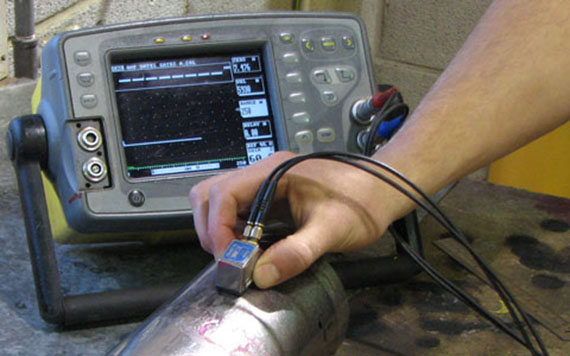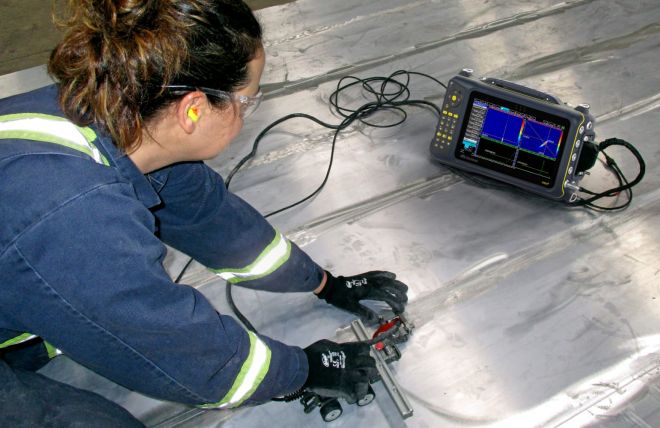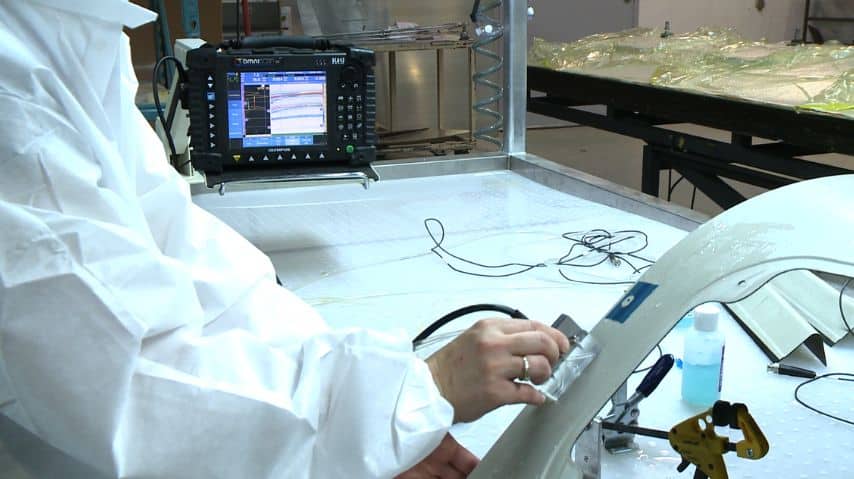In the world of instrumentation, the importance of accurate frequency calibration cannot be overstated. As industries become more reliant on precision and accuracy, ensuring that equipment functions at optimal levels is critical. Frequency calibration plays a pivotal role in various sectors, impacting both operational efficiency and safety. For industry QA professionals, understanding this importance is essential to maintaining high standards.

What is Frequency Calibration?
Frequency calibration is the process of measuring and adjusting the frequency output of an instrument to match a recognized standard. This practice is crucial in ensuring that devices operate correctly and provide precise measurements. Without accurate frequency calibration, instruments can produce erroneous results, leading to potential risks and inefficiencies.
Why is Accurate Calibration Important?
Accurate calibration ensures that instruments are reliable and produce results that can be trusted. In industries where precision is critical, such as healthcare and engineering, any deviation can lead to significant consequences. Calibration helps in minimizing errors and maintaining the integrity of data.
Impact on Operational Efficiency
Proper calibration leads to improved operational efficiency. When instruments are accurately calibrated, they reduce the margin of error, leading to fewer mistakes and less wasted resources. This efficiency is particularly important in manufacturing and production settings where time and materials are closely monitored.
Enhancing Safety Standards
In sectors like aerospace and healthcare, safety is paramount. Accurate frequency calibration ensures that equipment functions as intended, reducing the risk of malfunctions that could lead to accidents. For instance, in the field of medical imaging, precise calibration is vital for accurate diagnostics.
Methods of Frequency Calibration
There are several methods used for frequency calibration, each with its own advantages. Common techniques include using signal generators and frequency counters. The choice of method depends on the specific requirements of the equipment being calibrated.
Using Signal Generators
Signal generators are often used for calibrating radio frequency equipment. They provide a range of frequencies that can be adjusted to match the desired output, ensuring the device operates within the specified range.
Frequency Counters
Frequency counters measure the frequency of a signal and are essential in verifying that an instrument is performing correctly. They are commonly used in conjunction with other tools to ensure comprehensive calibration.
Challenges in Frequency Calibration
Despite its importance, frequency calibration can present several challenges. These include maintaining the accuracy of calibration over time and the need for specialized equipment and expertise.
Maintaining Calibration Over Time
Calibration is not a one-time process; it requires regular checks to ensure ongoing accuracy. Environmental factors such as temperature and humidity can affect the calibration, necessitating routine maintenance.
Specialized Equipment and Expertise
The process of calibration often requires specialized equipment and trained personnel. This can be a barrier for some organizations, particularly smaller ones with limited resources.
The Role of Technology in Calibration
Advancements in technology have made frequency calibration more accessible and accurate. Modern instruments often come with built-in calibration features, reducing the need for external tools.
Automation in Calibration
Automation has revolutionized the calibration process, allowing for more precise and consistent results. Automated systems can perform calibrations more frequently and with greater accuracy than manual methods.
Software Solutions
Software solutions are also playing a significant role in frequency calibration. They provide detailed analytics and reporting, helping organizations track calibration status and maintain compliance with industry standards.
Best Practices for Frequency Calibration
To ensure effective calibration, organizations should follow best practices such as maintaining a regular calibration schedule, using certified equipment, and training personnel adequately.
Regular Calibration Schedule
Setting a regular calibration schedule helps in maintaining the accuracy of instruments. This schedule should be based on the manufacturer’s recommendations and industry standards.
Certified Equipment
Using certified equipment ensures that the calibration process meets recognized standards. This is particularly important in regulated industries where compliance is mandatory.
Training Personnel
Investing in training for personnel ensures that they are equipped with the knowledge and skills to perform calibrations accurately and efficiently.
Conclusion
The importance of accurate frequency calibration cannot be understated in today’s precision-driven world. It is a vital component in ensuring that instruments perform optimally, enhancing both operational efficiency and safety standards. By understanding the challenges and best practices associated with frequency calibration, organizations can ensure that they remain at the forefront of their respective industries.

FAQ
What is the frequency calibration process?
Frequency calibration involves measuring and adjusting the output of an instrument to match a recognized standard, ensuring accuracy and reliability.
Why is calibration important for safety?
Accurate calibration is crucial for safety as it ensures that equipment operates correctly, reducing the risk of malfunctions and accidents.
How often should calibration be performed?
The frequency of calibration depends on the equipment and industry standards. Regular calibration schedules are recommended to maintain accuracy.
For more information on frequency calibration, visit Aviva.
Explore related articles on Frequency in Predictive Maintenance, Frequency for Crack Detection, and Synchronization in Vibration Testing.
This article contains affiliate links. We may earn a commission at no extra cost to you.
